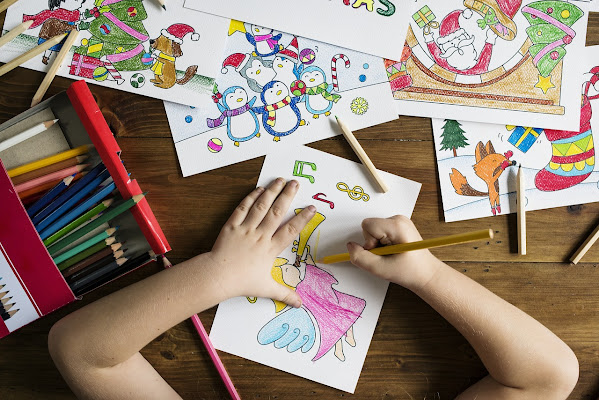What is Design in Art?
Design in art is a fundamental concept that refers to the arrangement of visual elements to create a cohesive, aesthetically pleasing, and meaningful composition. It serves as the foundation of artistic expression, encompassing principles and techniques that guide artists in organizing shapes, colors, textures, and spaces to convey ideas and emotions effectively.
Unity in art is the harmonious arrangement of elements, creating a cohesive composition where all parts work together for a visually pleasing effect.
Understanding Design in Art
At its core, design in art is about composition and structure. It involves thoughtful planning and execution to ensure that the artwork achieves a balance between function and beauty. Design can be seen in various art forms, including painting, sculpture, graphic design, architecture, fashion, and digital media.
It helps artists create visually engaging pieces that communicate messages, evoke emotions, and provide an aesthetic experience. The contrast in art emphasizes differences between elements like colour, shape, or texture, creating visual interest, depth, and focal points within a composition.
Elements of Design in Art
Artists use several fundamental elements to build their compositions. These include:
1. Line — Lines define shapes, create movement, and guide the viewer’s eye across the artwork. They can be thick, thin, straight, curved, or even implied.
2. Shape — Shapes are enclosed spaces formed by lines or contrasting colors. They can be geometric (circles, squares, triangles) or organic (free-flowing, natural shapes).
3. Color — Color theory plays a significant role in art design, affecting mood, harmony, and contrast. Colors have psychological effects and can create depth and emphasis.
4. Texture — Texture refers to the surface quality of an artwork, which can be actual (tactile) or implied (visual).
5. Space — Space in art includes positive space (occupied by objects) and negative space (empty areas). Proper use of space creates depth and perspective.
6. Value — This refers to the lightness or darkness of a color or tone, which helps in creating contrast and defining form.
7. Form — Forms are three-dimensional shapes that add depth and volume to artwork, as seen in sculptures and certain painting techniques.
The emphasis in art highlights a specific area or element, drawing attention through contrast, colour, size, or placement to create visual impact.
Principles of Design in Art
The elements of design work together through certain principles that guide an artist’s composition. These include:
1. Balance — Balance ensures that no part of the artwork feels too heavy or too empty. It can be symmetrical (equal on both sides), asymmetrical (unequal but still visually balanced), or radial (balanced around a central point).
2. Contrast — Contrast enhances visual interest by placing different elements together, such as light vs. dark, rough vs. smooth, or warm vs. cool colors.
3. Emphasis — This principle directs attention to the focal point of an artwork. Artists use size, color, or positioning to highlight certain elements.
4. Movement — Movement guides the viewer’s eye through the artwork, creating a sense of flow and direction.
5. Repetition and Pattern — Repeating elements can create harmony and rhythm within a composition.
6. Unity and Harmony — A well-designed piece has a sense of unity, where all elements work together cohesively without feeling disjointed.
7. Proportion and Scale — These relate to the size relationship between different parts of the artwork, affecting perception and emphasis.
Meaningful aesthetic drawings combine beauty and symbolism, using composition, color, and form to convey deep emotions, ideas, or messages that resonate visually.
The Role of Design in Different Art Forms
• Painting and Drawing: Artists use composition techniques like the rule of thirds, contrast, and perspective to create engaging visuals. The Fallen Angel painting, often symbolizing loss and rebellion, depicts a sorrowful angel, blending emotion, realism, and dramatic lighting for impact.
• Sculpture: Form, balance, and texture are crucial in three-dimensional design.
• Graphic Design: Layout, typography, and color schemes are carefully arranged to communicate messages effectively.
• Photography: The use of framing, lighting, and composition enhances visual storytelling.
• Architecture and Interior Design: Spatial organization, proportion, and functionality play key roles in creating aesthetically pleasing and practical environments.
Concept art is a visual representation of ideas used in games, films, and design to develop characters, environments, and storytelling elements.
Conclusion
Design in art is an essential concept that shapes how artists organize and present their work. By understanding and applying the elements and principles of design, artists can create compositions that are not only visually appealing but also meaningful and impactful.
Whether in traditional or digital art, design remains a crucial aspect of artistic creation, influencing the way we perceive and interact with art in our daily lives. Composition in art refers to the arrangement of elements like line, shape, color, and space to create balance, harmony, and visual impact.




Comments
Post a Comment